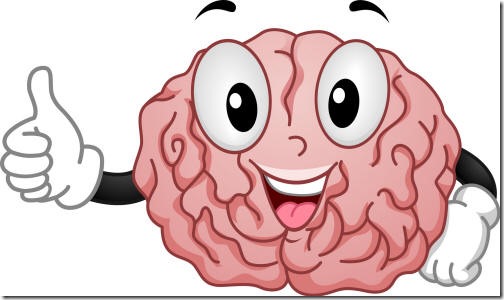There are plenty of things that will happen in 2014 that will be out of our control – some of them will be great, and some of them won’t. In 2014, what if we focus our energy on the things where we do have influence, rather that worrying about the things we don’t – spend more energy on the things we are passionate about and, less on the things we are not?
Sometimes that means doing things we don’t ‘like’. We might be passionate about becoming a great leader, engineer or parent, but becoming great at something often requires drudgery, or making uncomfortable decisions. The passion for the end result is what helps us persist through the drudgery and continue on the path to greatness. Seth Godin wrote a book about the barrier to greatness which he described as The Dip, a test to keep out those who aren’t prepared to put in the work. In The War of Art, Steven Pressfield describes it as the resistance giving examples like, procrastination, self-sabotage, grandiose fantasies, unhappiness and fear – indeed he suggests that the more scared we are of our calling, the more sure we can be that we have to do it.
That’s not to say of course that we shouldn’t enjoy ourselves – but perhaps our definition of enjoyment might be a bit narrow. In psychology there are multiple kinds of happiness – including hedonic and eudemonic. The first is characterised by pleasure and is what most of us think of as happiness – watching a movie we love, choosing the dessert option after our main. Whereas eudemonic happiness is characterised by meaning – persisting through a difficult problem that you care about solving, or spending time helping someone in need.
What you find pleasurable or meaningful may be very different from your partner or colleagues. Though working to beat the resistance or get through the dip might not be pleasurable, it is likely to create meaning. And in studying these two angles on happiness, in the long run, meaning is where it’s at!
So, may you successfully control your controllables, climb out of the dip, beat the resistance and, have a remarkable 2014!
-Mark





